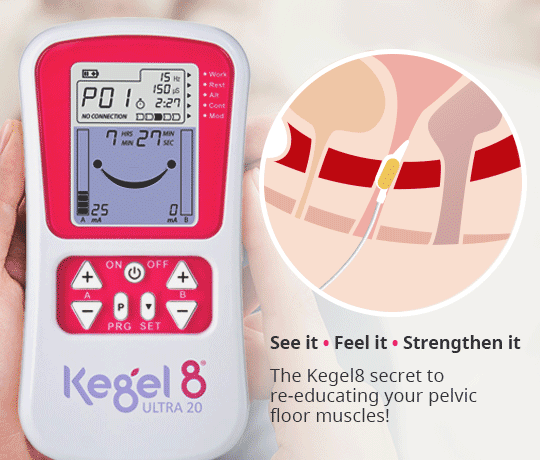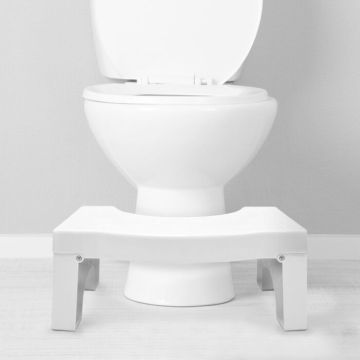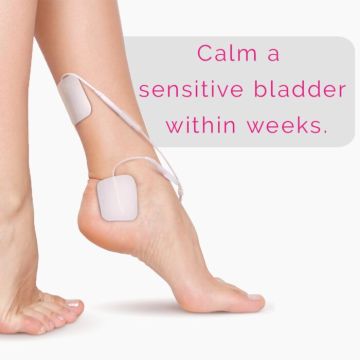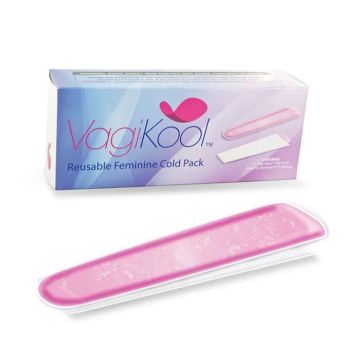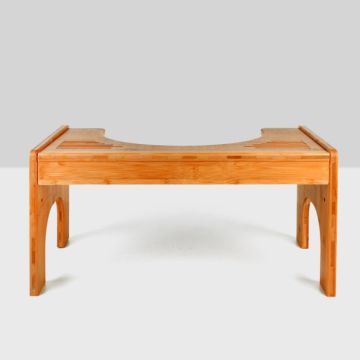
Pelvic pain and pelvic floor tension can be extremely painful and can really affect your quality of life. The pelvic floor is like any other muscle in your body – it can go into spasm, become tight and become strained.
Pelvic pain can stem from your pelvic floor being too tight. Ironically women with a tight pelvic floor can suffer incontinence problems too. Pelvic floor muscles become tense leading to a great deal of pelvic pain and discomfort. Pelvic floor muscle pain is frequently misdiagnosed, however treatment can be very successfully and really improve your quality of life.
What Could Be The Cause of My Pelvic Pain?
Pelvic pain could be due to any of the following:
- Over exercising the pelvic floor without relaxing in between (that’s why a Kegel8 Electronic Pelvic Toner will help you because it allows your muscles to rest sufficiently between exercises).
- Pelvic surgery, TVT surgery and mesh surgery
- Hysterectomy and Prolapse Surgery
- High intensity abdominal/core exercises
- Problems with posture
- Pelvic infection, or pelvic inflammatory disease (PID)
- Emotional and mental factors
One or a combination of these things can cause your pelvic floor muscles to go into spasm, so it is important to look after your pelvic floor to avoid pelvic pain.
Why is an over-active pelvic floor a bad thing?
If your pelvic floor muscles are over-active, not only can it cause them to be very tense and cause you pain, it can also cause a number of other problems, including:
- A weak pelvic floor: if the pelvic floor muscles stay contracted all the time (if they are over-active), this can tire them out, just like any other muscle in the body. If they are overworked, this can mean that they might not work when they are supposed to, which can lead to stress incontinence and even pelvic organ prolapse (POP).
- Intimate problems: pelvic floor muscle spasm can cause a great deal of sexual problems when it comes to intercourse and penetration, for example vaginismus. Vaginismus is the name given to the condition whereby the pelvic floor muscles go into spasm with the threat of penetration, and can become so severe that intercourse and even inserting a tampon becomes impossible.
- Bladder problems: these include urge incontinence, difficulty in urinating and slow flow of urine.
- Bowel problems: an over-active pelvic floor can even cause bowel problems too. If the pelvic area is very tense, this can lead to constipation, haemorrhoids and even problems such as anal fissures, because it becomes very difficult to go to the toilet without immense straining. Straining and constipation is a real no-no for your pelvic floor, it puts undue pressure on the muscle structure that could result in incontinence or prolapse.
What Can I Do to Help Pelvic Floor Muscle Tension and Pelvic Pain?
If your doctor has ruled out problems such as infection that may be causing your pelvic pain, it is important to let the muscles relax as much as possible.
1. Avoid heavy lifting
This will put even more pressure on your pelvic muscles, so avoid heavy lifting wherever possible.
2. Avoid intense abdominal and core exercises
While we all want a sleek and flat tummy, intense abdominal exercises put a great deal of stress on your pelvic floor. When your abs are intensely contracted, they press down and put a lot of pressure on your pelvic floor.
3. Take things slowly in the bedroom
Make sure intercourse is slow and gentle, to avoid trauma to the pelvic area.
4. Be careful with your Kegel exercise.
While we are huge advocates for pelvic floor exercise, avoid Kegel exercise that is too intense if you are suffering from pelvic pain. The Kegel8 Ultra 20 Electronic Pelvic Toner features 20 clinically proven programmes, including 3 programmes specifically for pelvic floor relaxation and pain relief. Programme 18 is a fantastic TENS programme that can be used with skin electrodes to give you natural pain relief with no side effects.
5. And relax!
Your pelvic floor is a muscle like any other, and it will be even more tense if you are stressed, so take time for you and relax. Take a warm bath, go for a gentle walk… you will find that this can really help you to relax.
Shelly (2002) recommends lying down with a pillow under your knees for 20-30 minutes daily to help relax the pelvic floor muscles. If you like, you can use a warm pack placed on your lower abdomen or pubic area to help relax the muscles too. Take this time as ‘you time’ and concentrate on breathing deeply and relaxing your whole body as much as you can.
Is There Anything Else That Can Be Done to Help Relieve Pelvic Pain?
If you continue to suffer from pelvic tension and pelvic pain, it may help you to see a women’s physiotherapist. They can help you to better understand your pelvic floor and teach you massage techniques and help to correct your posture.
There’s lots that can be done to help, so don’t suffer in silence. With the right treatment, you will be able to manage pelvic pain and feel like you again.
Kegel8 Physiotherapist Adviser Amanda Savage has compile a special 12 Week Condition Guide for Pelvic Pain using the Kegel8 Ultra 20. Amanda say's 'If you're suffering with pelvic pain or anal or vaginal discomfort (including tightness and endometriosis) using a eStim device like the Kegel8 Ultra 20 can bring you relief'.
Sources:
[1] Michelle Kenway, Australian physiotherapist and author of Inside Out, the guide to pelvic-floor safe exercise, article on pelvic floor tension and pain.




